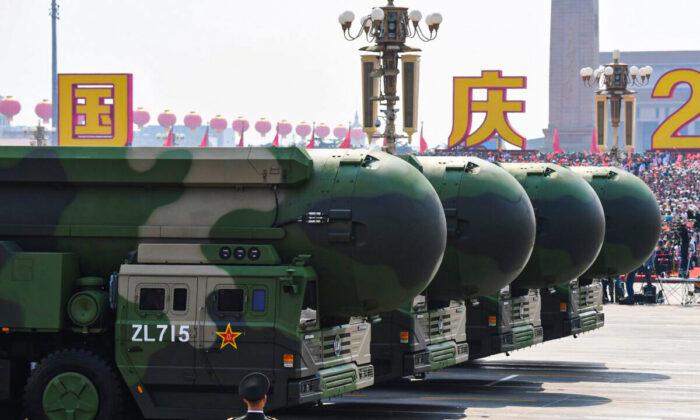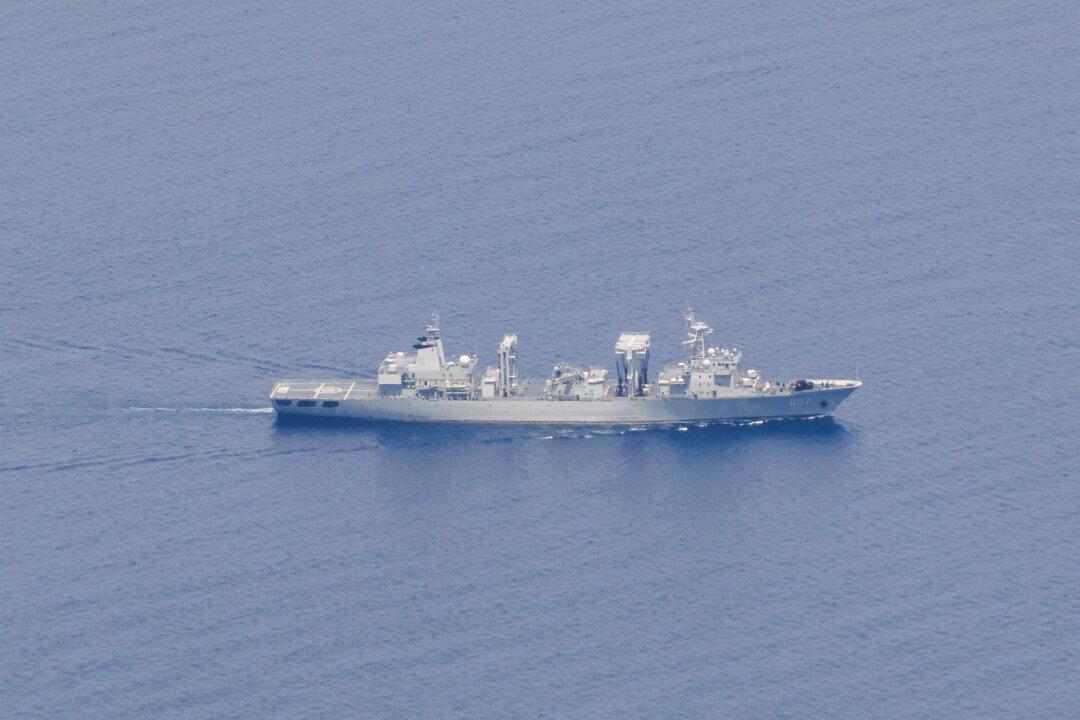Commentary
With the original Cold War long faded in the rear-view mirror, there are terms of art that have been forgotten. Two key terms drove the dialogue on the American–Soviet nuclear standoff of the Cold War: “bomber gap” and “missile gap.” They were powerful terms that the average American citizen or average politician could understand.
The ”Bomber Gap” term was used in politics to justify American bomber programs beyond the iconic B-52. The B-52 is still flying today and is about to be totally updated with new engines, avionics, and other components to keep the 76 operational B-52s flying for several more decades. Bombers forgotten in American Cold War history were the B-47, the B-58, the FB-111, the B-70, and others. America had no shortage of bomber programs during the Cold War.
With the CORONA Program, the original spy satellite, American national security leaders were confident by the late 1960s that the Soviets actually had far fewer bombers and missiles than first estimated. Most of the bombers flown over Moscow during propaganda displays of military might were simply the same small number of aircraft being flown in loops. There were many Soviet missiles, but still fewer than the large numbers calculated. There were significant debates over the reliability, accuracy, and safety of the Soviet missiles, but through various measures, the Soviets were brought to the negotiation table and several treaties were signed that capped the number of bombers, missiles, and deliverable warheads.
Russia Walks Away from New START Extension
After assuming office, the Biden Team offered the Russians an extension to the existing New Strategic Arms Reduction Treaty (New START).The New START Treaty comes from a long series of treaties. President Ronald Reagan’s axiom of negotiating from a position of strength is foundational, though, for a truly successful treaty. Treaties negotiated from a presumption that all will follow the treaty or from a position of surrendering an advantageous position with little or nothing in return are foolhardy. The Kellogg-Briand Pact in 1928 made all the elite signatories feel good, but it was soon swept aside by world conflict. Everyone meant well, but aspirational platitudes are cover for those intent on ascendency or those intent on delaying an unavoidable showdown with ascendant powers.
Russia has now walked away from the New START Treaty. The possible result: Russia is now unrestrained to deploy additional strategic warheads beyond the 1,550 cap. This, while America’s nuclear arsenal is composed of elderly delivery means and warheads, which is being generous.
I would suggest America has been caught off guard by the Russian New START suspension and that the Russian action reveals an under-prepared America. This time the bomber and missile gap is real. It’s even worse though: America is dealing with not one but two large nuclear peers simultaneously—and these two countries have agreed to take down America in their no-limits partnership.
China Nuclear Build-Up Accelerating Briskly
For years, the Chinese nuclear threat has been rationalized away in the national security dialogue. Even when I left government in early 2018, China’s nuclear capability was still not one of the higher-tier topics of discussion. Things have changed radically; China is now on a nuclear build-up sprint. China wasn’t a participant in any of the classic Cold War nuclear treaties, so there’s no institutional experience or tradition within the Chinese Communist Party (CCP) of being compliant or constrained in any way in the nuclear domain.There was a concern that the Soviets were non-complying (a polite way of saying “lying”) during the treaty periods and was a cited reason why the United States departed the Intermediate Nuclear Forces Treaty, signed during the Reagan era. But at least there was a baseline for understanding the Soviet nuclear force and knowing how and where they were cheating. Nothing equivalent to that baseline of understanding exists for the CCP’s nuclear force. With the rapid build-up of missile silos, hypersonic missiles, bombers, and submarine-launched missiles, the former commander of Strategic Command said two years ago that shortly, “We will be the ones deterred” by China’s nuclear build-up.
American Modernization Years Away
The good news is that there are four new American nuclear starts in progress: the B-21 bomber, the new long-range stand-off cruise missile, the Sentinel intercontinental ballistic missile, and the Columbia class sea-launched ballistic missile submarine. The bad news is that these four systems won’t begin introducing alert-ready units for several years (the mid-2020s, 2030, 2029, and 2031, respectively).Furthermore, the bombs, missiles, and warheads for each of these new systems are based upon aging and refurbished units that were last made in 1992—older than most of the service members operating them. To ensure a proper deterrence effect on China and Russia, these systems must be produced faster and in greater numbers, with newer nuclear bombs, missiles, and warheads.
Views expressed in this article are opinions of the author and do not necessarily reflect the views of The Epoch Times.





